Here, we'll break out the different types of electrified vehicles on the market today, explain their advantages and disadvantages.
Electrification -- the addition of batteries and electric motors to a car's powertrain -- isn't just a niche idea anymore. What started with the original Honda Insight and Toyota Prius has grown to include vehicles of all shapes and sizes, with myriad technologies on board predominantly centered around one goal: efficient, reduced-emissions driving. Unless you've got a million dollars for a hybrid hypercar, that is.
With so many new types of electrified vehicles entering the market today, it's important to note the differences within this hugely important space.
Mild hybrid
A mild hybrid system is the simplest and most cost-effective way of adding electric drivetrain components to a vehicle powered by an internal combustion engine (ICE). In a mild hybrid system, the ICE will often shut itself off entirely under no-load conditions such as coasting down a hill or coming to a stop. The hybrid system allows the ICE to be restarted almost instantaneously and can power many ancillary systems on the vehicle like the stereo or air conditioning.
Advantages
Can power many of a car's electrical systems.
Stop-start system saves fuel during idle.
Lighter weight compared to other electrified vehicles.
Lower complexity.
Lower cost.
Disadvantages
No full-EV mode.
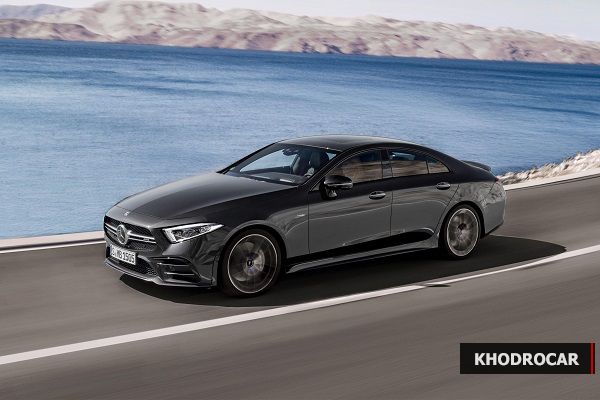
Series hybrid
The series hybrid is what most people think of when they think of a hybrid vehicle. These use a downsized ICE to provide power at higher speeds and in higher load conditions, and a battery-electric system to move the vehicle at low speeds and low-load conditions. This allows the ICE to work in its ideal efficiency range, thus providing excellent fuel economy, especially in city driving conditions.
Advantages
Excellent efficiency at around-town speeds.
Gasoline-powered ICE for longer range (and longer journeys).
Offers a good compromise between efficiency, usability and overall cost.
Disadvantages
Typically higher cost than a purely ICE-driven vehicle of the same size.
Maximizing efficiency means reducing power output.
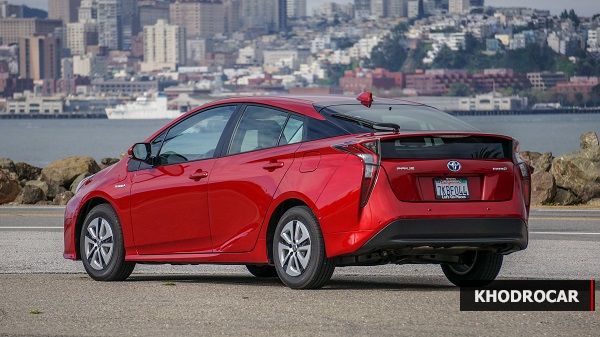
Plug-in hybrid
These cars move closer to the fully electric vehicle side of the continuum, with the ability to go longer distances on electric power alone. The plug-in part of their name comes from their ability to be plugged into an electric car charging station, rather than just relying on the ICE and regenerative braking for battery power. Another area where plug-in hybrids differ from either mild hybrids or series hybrids is in the size of their battery pack.
Advantages
Increased range over battery electric vehicles (BEVs) due to range-extending gasoline engine.
Lower purchasing cost compared to BEVs.
Lower running cost compared to series hybrids.
Disadvantages
More expensive to buy than series hybrids or mild hybrids.
Larger battery packs mean more weight.
More complex than mild hybrids.
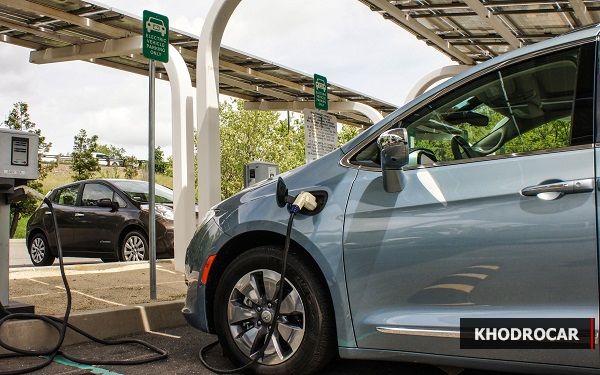
Battery electric
Battery electric vehicles are mostly what they sound like: a big battery with at least one electric drive motor wired to it. Oh, and tons of incredibly complex software that's needed to manage the thousands of individual cells that make up that big battery. Purely electric vehicles are becoming more and more common, thanks to innovation from relatively new companies like Tesla and industry stalwarts like General Motors and Nissan.
Advantages
Mechanical simplicity means less maintenance than ICE.
Tons of instant torque.
Nearly silent operation.
Electricity is cheap, for now.
No tailpipe, therefore no emissions and no emissions testing.
Low center of gravity is great for vehicle handling.
Disadvantages
More expensive than similar size series hybrids or ICE vehicles.
Limited range.
Lengthy charging times.
Impractical for most people unless you have 240-volt Level 2 charging at your home or parking spot.
Higher weight than similarly sized vehicles.
Uncertain environmental impact for end-of-life battery disposal.
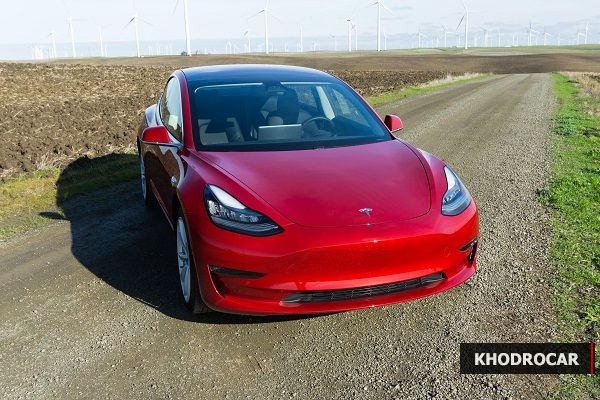
Hydrogen fuel cell
A fuel cell takes hydrogen and oxidizes it to create an electrical charge, which is then channeled into a battery and used by electric motors. This technology has been around in automobiles for a few decades, but due to costs, size of components and a relative lack of infrastructure, there aren't many companies still working with it. We're starting to see more interest from manufacturers like Honda and Hyundai.
Advantages
No need to charge; simply fill your car with hydrogen and go.
Silent operation, much like a BEV.
Only emission is water.
Disadvantages
Hydrogen prices fluctuate wildly, oftentimes more expensive than fossil fuels.
Very limited refueling network outside of select cities like Los Angeles or San Francisco.
Hydrogen tanks can eat into passenger compartment or cargo room if the vehicle wasn't designed from the ground up for fuel cells.
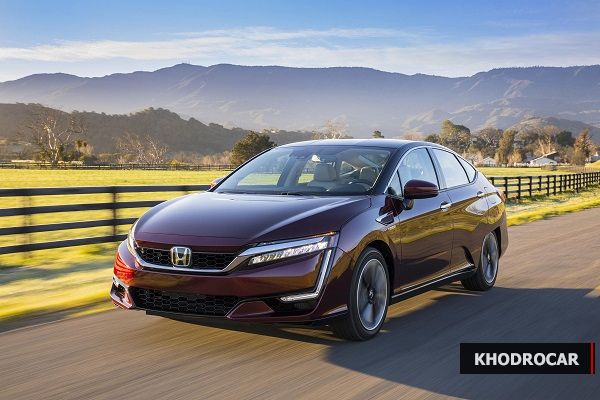
Source: CNET
Latest News


